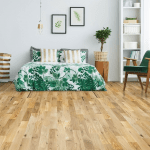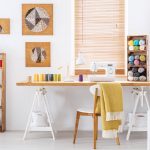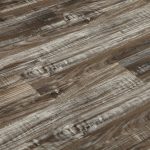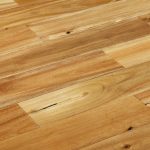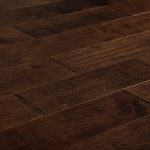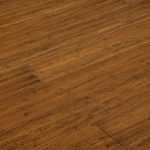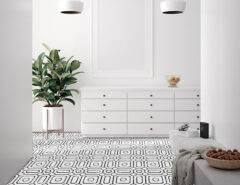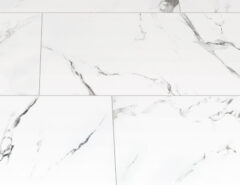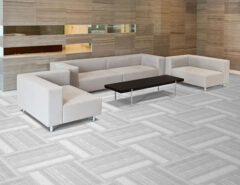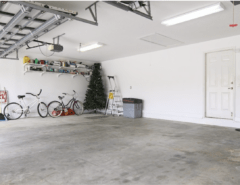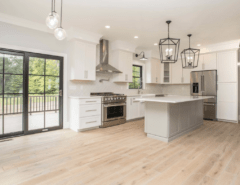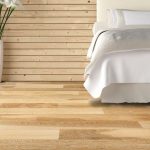Hardwood floors can add beauty and a brand-new look to your home. There are, however, several crucial things to know about proper installation and maintenance. Unlike some other types of flooring material, it’s important to acclimate wood before installation. This will ensure it stays in place and lasts for years to come. If you’re considering adding new wood floors to your home, read on for some helpful information that will ensure your new floors stay durable and look great.
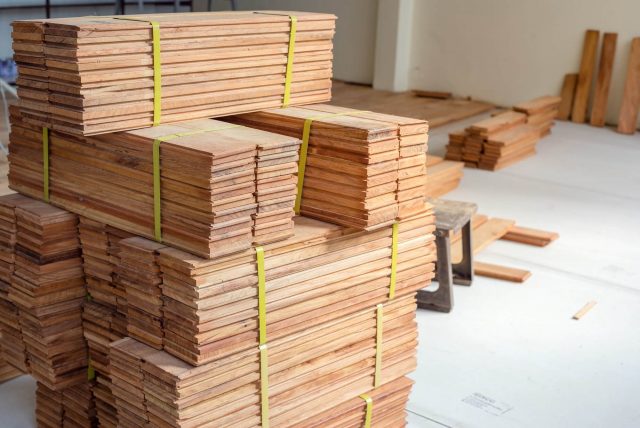
The Effect of Moisture on Wood Flooring
When you consider installing hardwood floors, there are several different types to choose from, and moisture has a different effect on each. Consider how moisture will change your flooring over time. It can have a significant effect if the flooring is exposed to a lot of moisture all at once.
Hardwood
This type of flooring is extremely beautiful, but it also requires intense maintenance to keep it looking fresh and new. During the warmer months, and in areas of the country where there is a lot of humidity, hardwood flooring will expand. As the temperatures get cooler and the air gets dryer, hardwood contracts. It’s best to try and control the level of humidity in your home. This will keep expanding and contracting to a minimum.
Engineered Hardwood
Moisture doesn’t have quite as a profound effect on engineered hardwood, but you should still try to keep it dry. Check the manufacturer’s recommendations for moisture exposure (also called the relative humidity rating) before installing engineered hardwood floors. You can use a humidity meter to determine the average level of humidity in your home. From there you can purchase your floors accordingly.
Laminate
This flooring is a fantastic, less expensive alternative to hardwood floors. However, it still needs to be monitored for moisture exposure. Too much humidity may not affect your laminate floors directly, but it can still cause the floorboards underneath to swell. When this happens, the laminate can buckle and start to come loose.
Bamboo
For an eco-friendly option, try bamboo flooring in your home. This natural material is beautiful, but it’s also not completely waterproof. Bamboo floors can still contract and expand just like hardwood floors, so monitor moisture levels carefully. Proper installation can make a big difference in the resiliency of bamboo floors and how they react to moisture and humidity changes.
Is Wood Flooring Right for Your Home?
When you’re thinking about installing hardwood flooring, or any other wood-based floors in your home, it’s important to consider your local climate. Areas of the country like Florida or Virginia have higher humidity levels, while areas like Arizona or Utah may have lower humidity. When wood flooring is exposed to high humidity, it can cause them to buckle or warp. Alternatively, if the air is too dry, your wood floors can crack or fade.
Anywhere you have wood flooring in the home should maintain a room temperature of between 60 to 80 degrees Fahrenheit. The relative humidity should remain anywhere between 30 and 50 percent whenever possible. The good news is, these guidelines are similar to what you probably already have in your home for your own comfort level. Consider the year-round climate and install your floors accordingly. To ensure the best results, you should acclimate wood flooring before the installation process begins.
How to Acclimate Wood Flooring
Whether it’s engineered hardwood, bamboo, or real wood, it’s crucial to acclimate wood floors before installation. This process ensures that your wood reaches a moisture content level that’s in sync with the surrounding environment. If you don’t acclimate wood flooring, it can cause a myriad of problems. It could result in too much expansion, excess shrinkage, warping, or even potential structural damage later.
To acclimate your wood floors, they should be stored in a climate-controlled environment indoors whenever possible. If you cannot store the flooring inside your home, leave them in their original boxes and place them in a shed or garage. Stack the boxes diagonally and leave one end of each box open so the wood can “breathe.” Check to make sure that the temperature and humidity levels in the outdoor storage area are close to what is found indoors. This is the best way to ensure that the wood properly acclimates to the environment in which it will be installed.
Checking Moisture Content
As soon as you receive your new wood floors, check the moisture content using a moisture meter. This simple tool can help you gauge a baseline that you can use for acclimation. Check several boards just to be sure that they’re mostly in-line with each other in terms of the reading you see. You’ll want to calculate the optimal moisture content of the wood based on your specific location. You can do this by using charts that compare the humidity level with the wood’s moisture content and the equilibrium moisture content. The goal is to have the wood’s moisture content and the equilibrium moisture content exactly the same or very close to one another.
To check the wood’s moisture content using a moisture meter, insert two prongs into the wood and wait for the meter to give you a reading if you’re using a “pin meter.” For pinless meters, place your meter plate directly against the wood to get the reading. You may want to repeat this process two to three times just to be sure that your readings are accurate. After you’ve determined the optimum moisture level that your bamboo flooring, hardwood, or engineered wood should be, you should wait at least three full days to acclimate wood to an optimum level. Remember, the goal is to reach an equilibrium between the wood’s moisture content and the air where it will be installed. If you are installing your floors on-site or using engineered floors, you should wait anywhere from five to seven days to be sure everything is fully acclimated.
Choosing to install wood floors can transform your home and make it beautiful. And, while it might seem like a daunting task, acclimating the material is definitely worth the wait. With properly acclimated wood materials, your floors will last longer and provide you with a gorgeous aesthetic that will serve you and your family for years to come.


